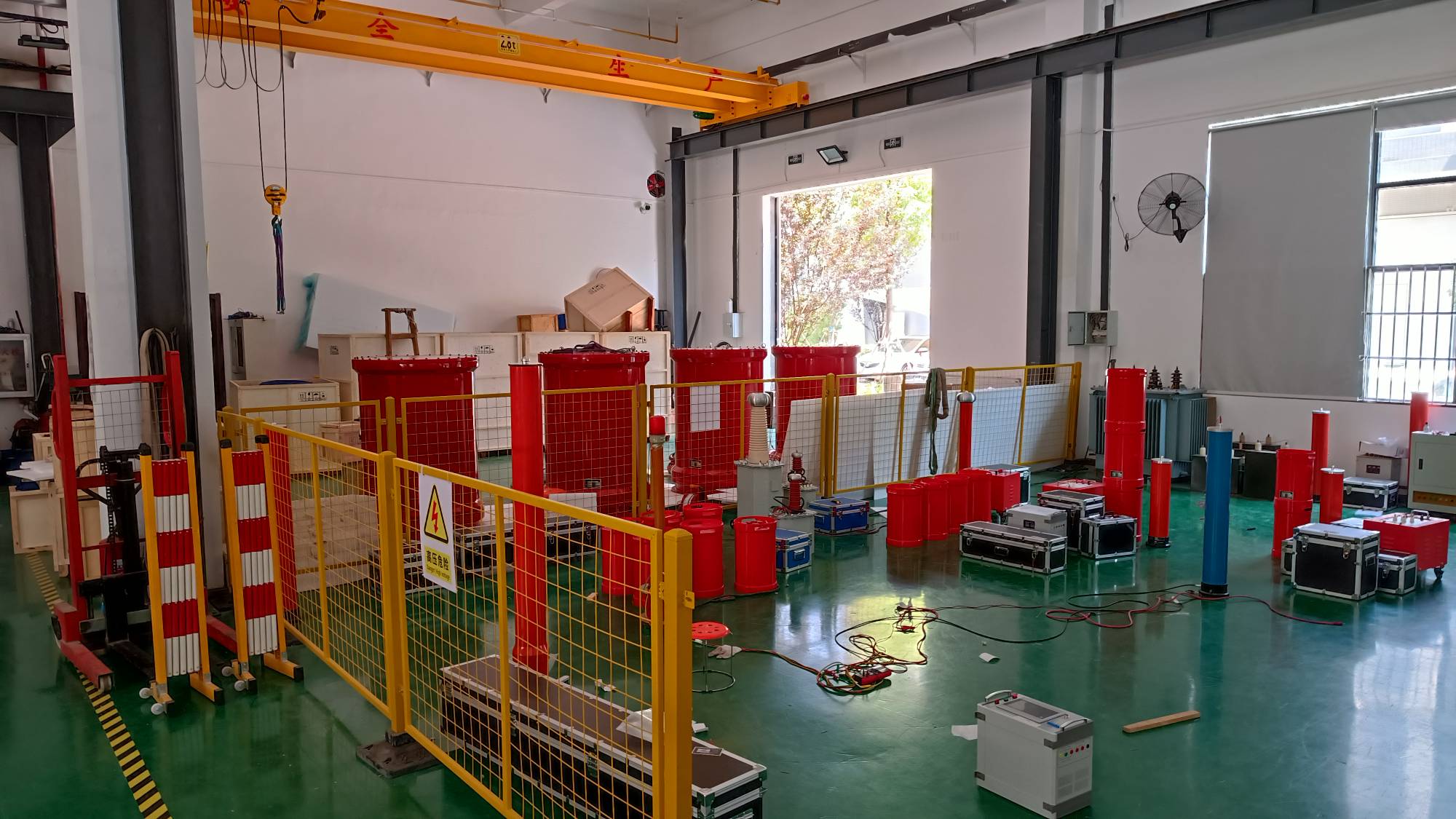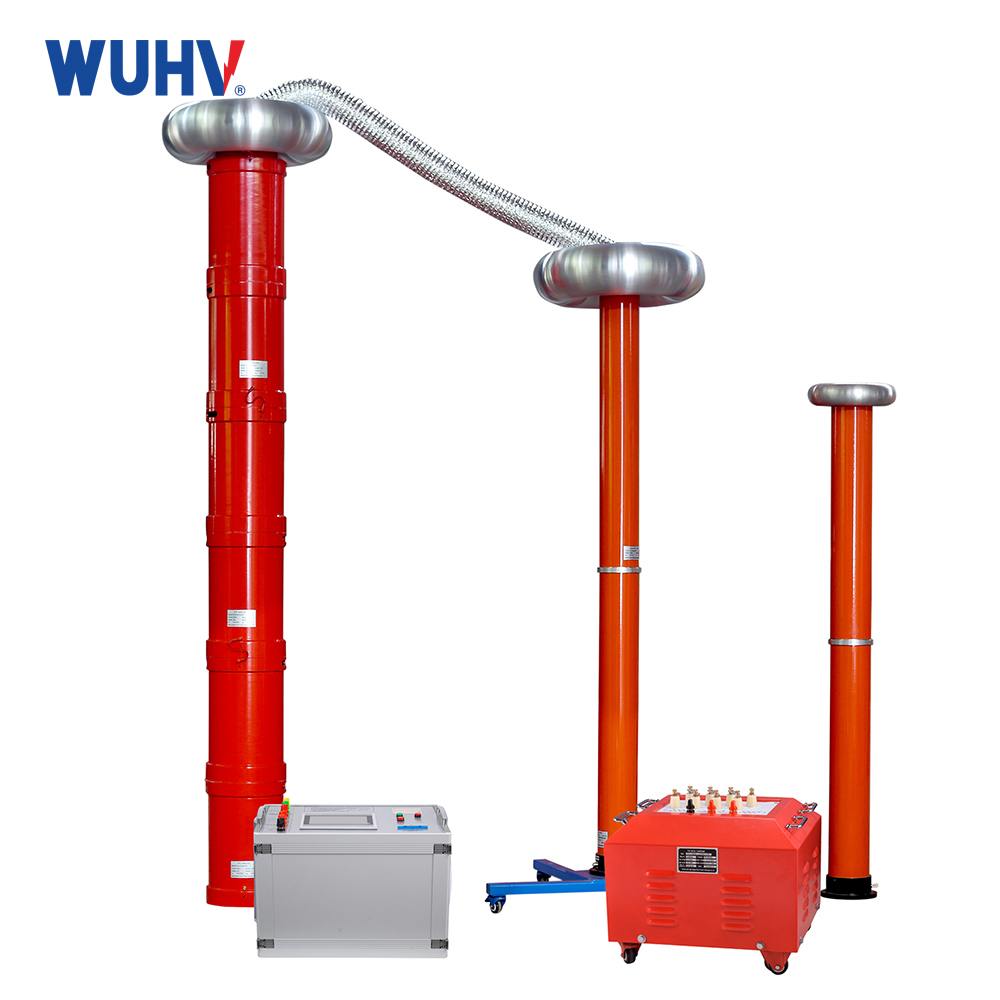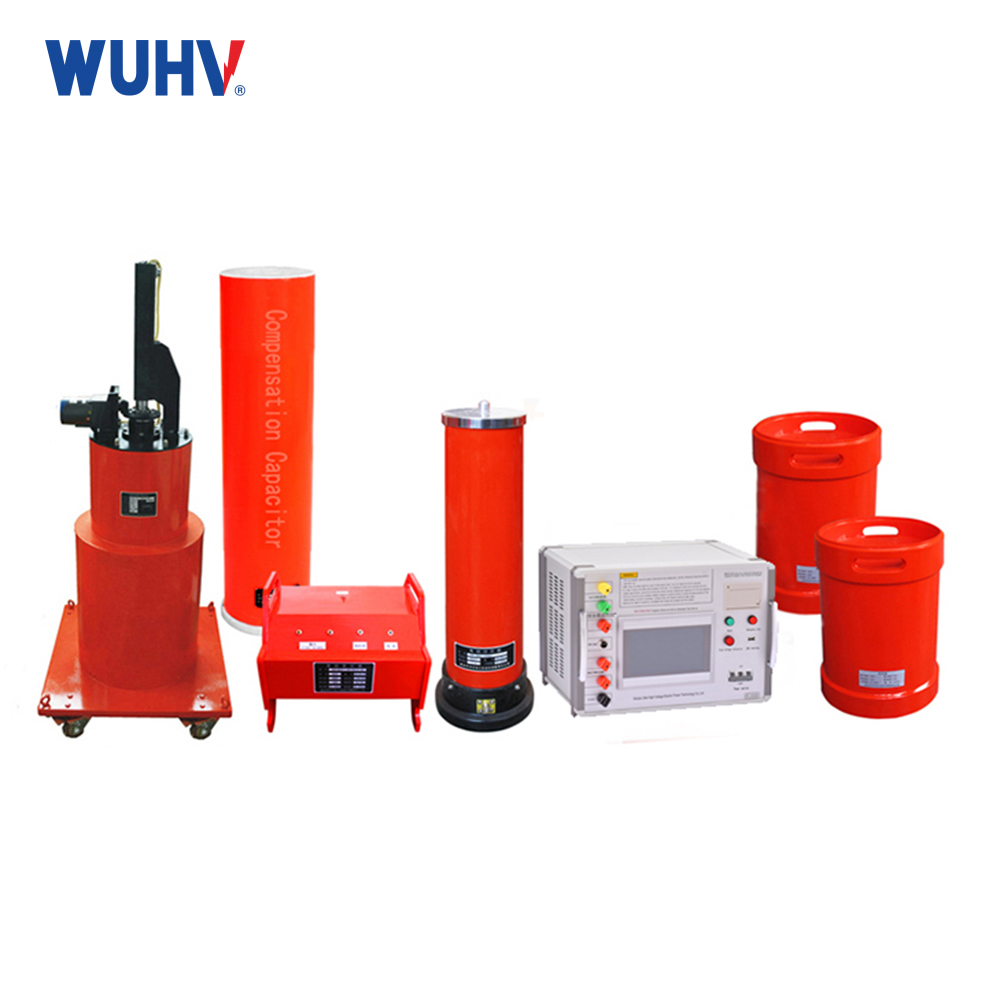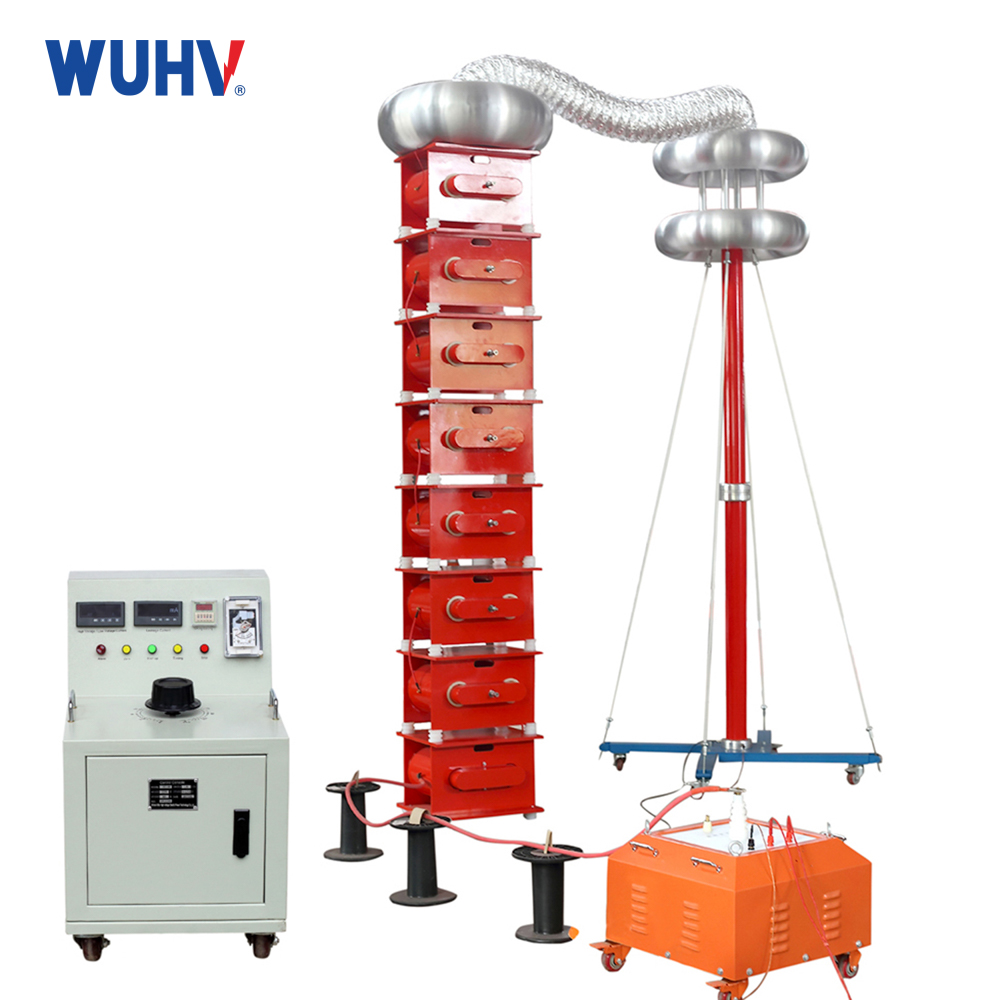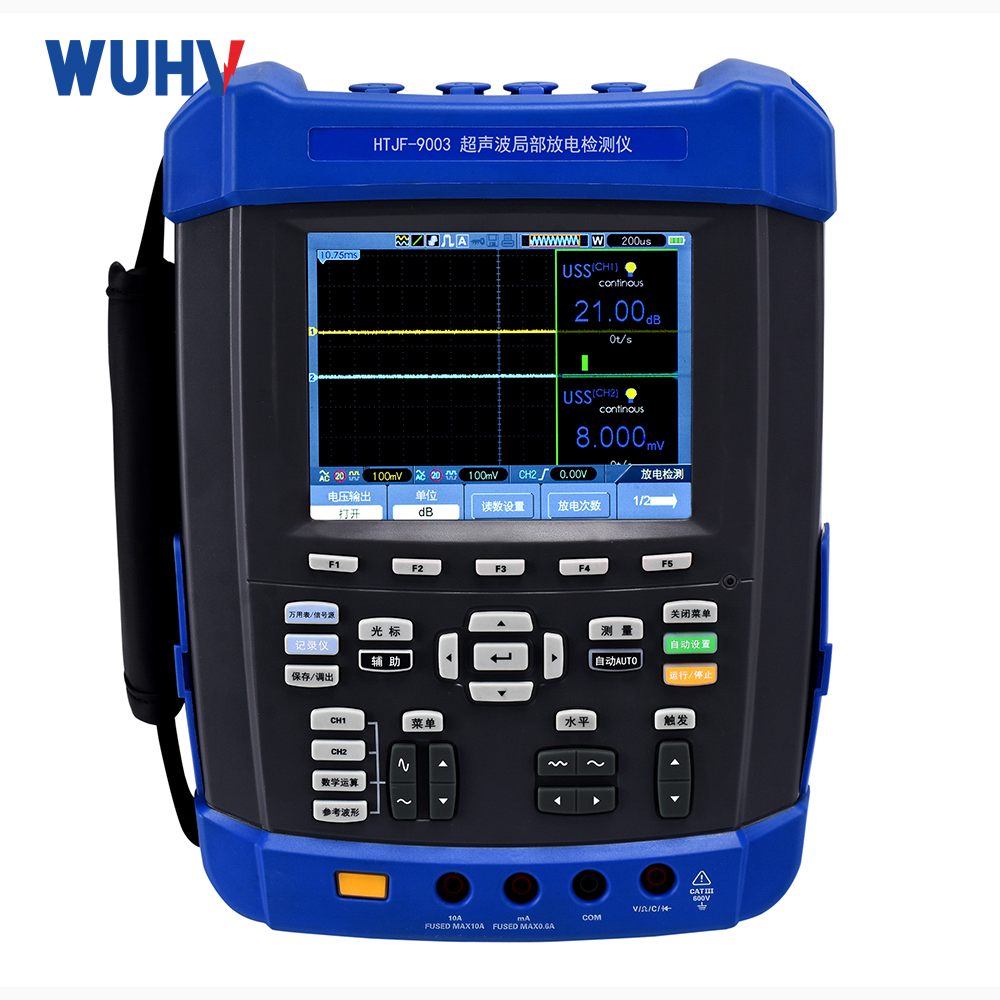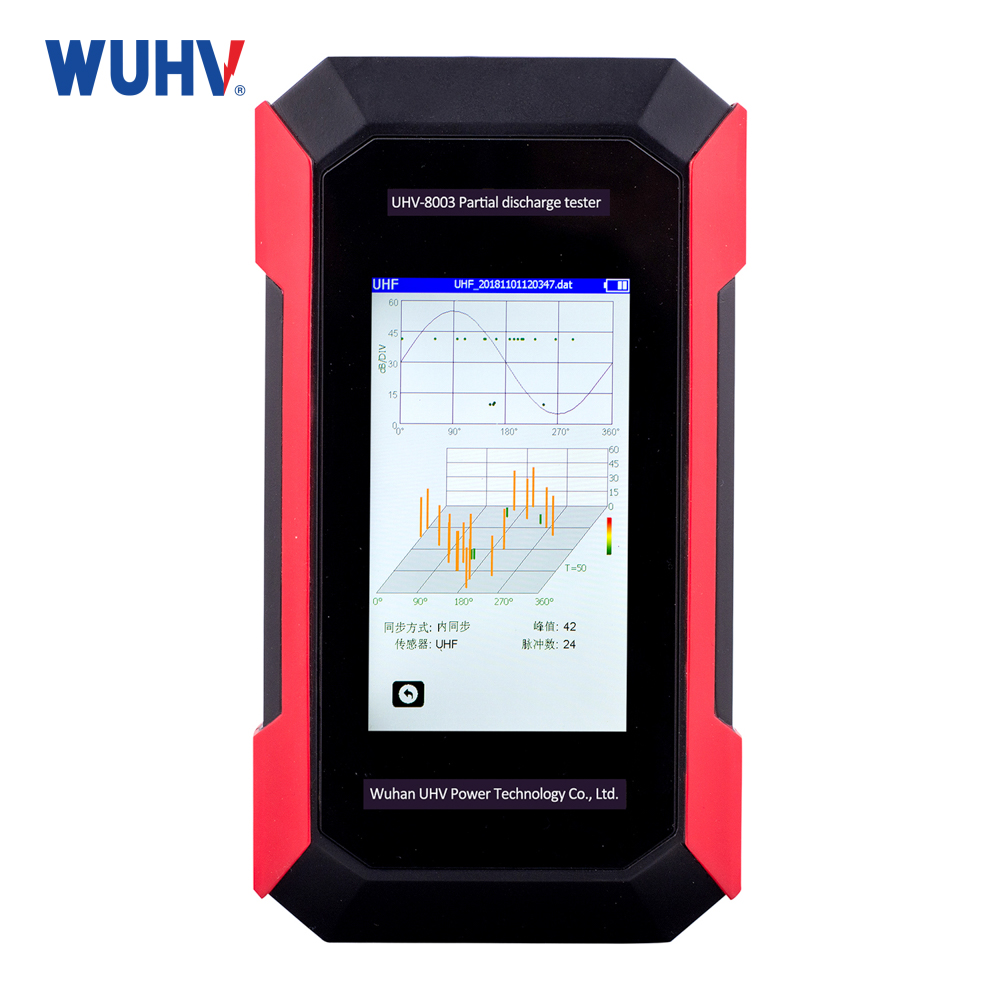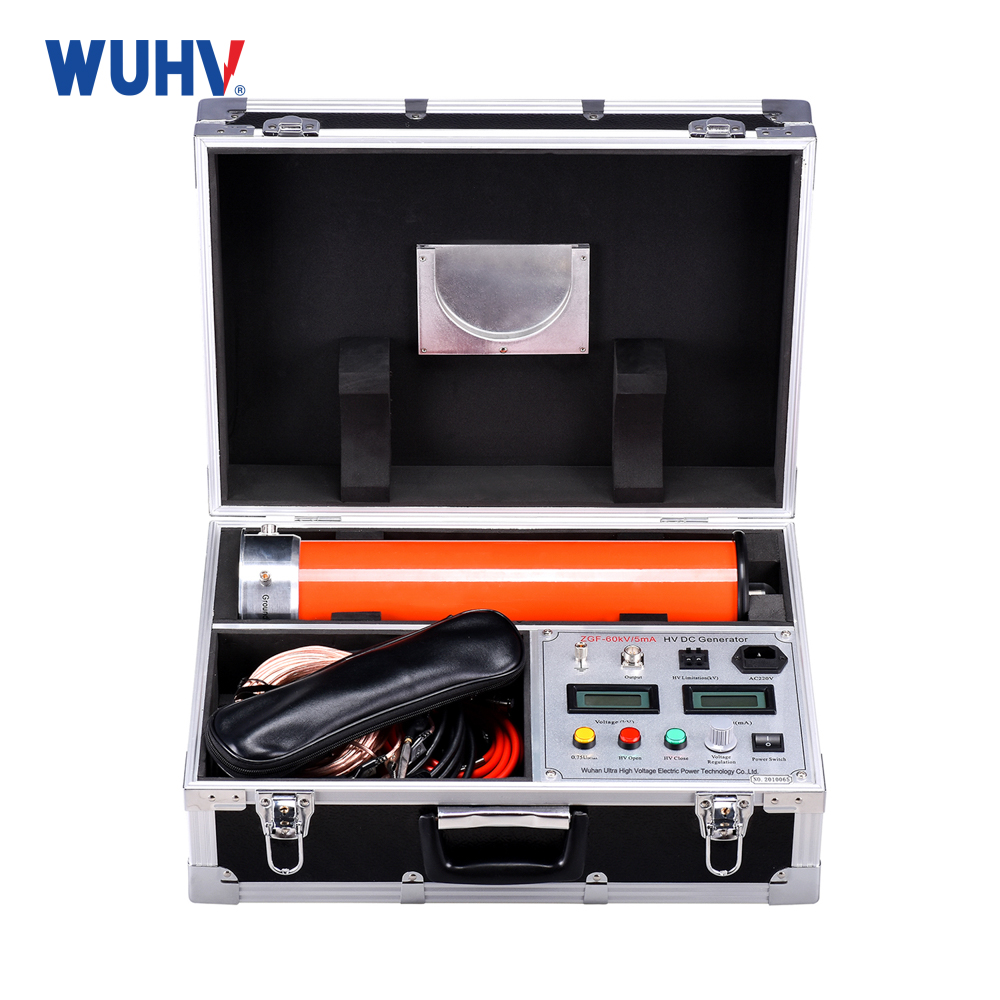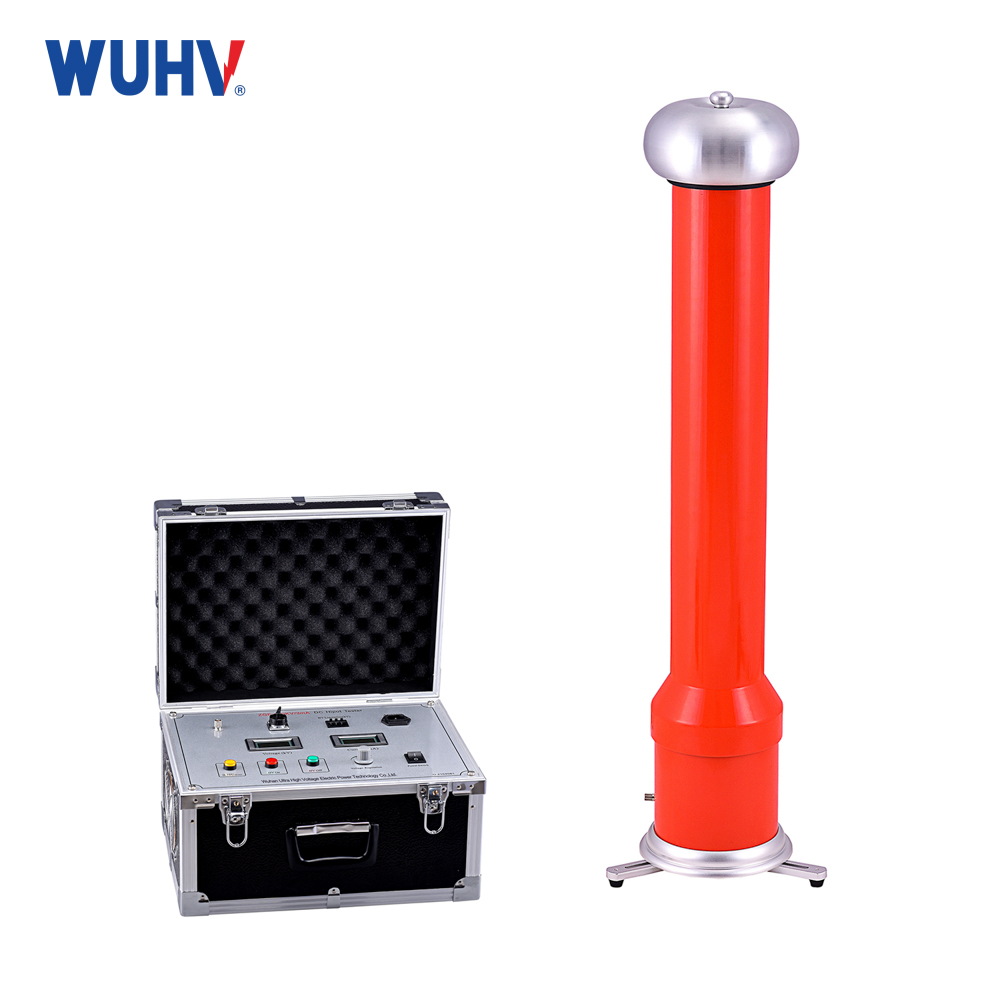For samples with good insulation, they will not be broken down inseries resonantAC withstand voltage. To determine whether they have been broken down, the following phenomena can be analyzed.
(1) Analyze according to the indications in the circuit access table
In general, if the ammeter of a series resonant device suddenly rises, it indicates the breakdown of the tested product. But when the ratio of the capacitive reactance xc to the leakage reactance xl of the test transformer is equal to 2, although the test has been interrupted, the indicator light of the ammeter remains unchanged (because the circuit reactance x=xc xl, when the test short circuit xc=0, there is still xlt in the circuit, which is equal to the reactance before the test, so the indicator light of the ammeter will not change). When the ratio of xc to xl is less than 2, the reactance of the test circuit increases and the pointer of the ammeter decreases. Usually, XC>XL does not have the above situation. It can only occur when the capacitance of the tested product is very large or the capacity of the test transformer is insufficient. At this point, the measurement object should be determined based on the indication of the voltmeter connected to the high voltage terminal. When the subject experiences a malfunction, the display of the voltmeter will significantly decrease, and the indication of the low-voltage side voltmeter will also decrease.
(2) Analyze based on the condition of the circuit
If the overcurrent relay is set correctly, it should work and trip the automatic control switch when the object fails. If the action setting value is too small, the switch may trip during the boosting process due to capacitor current charging; When the setting value is too large, the setting current of the current relay is too high. Even if the tested product discharges or experiences a small current breakdown, the relay will not operate. Therefore, the operating current of the overcurrent relay should be set correctly, generally around 1.3 times the rated test current of the tested product.
(3) Analyze based on the condition of the tested product
The test substance emits piercing sound (or intermittent discharge sound), smoke, exhaust gas, foul odor, flash, combustion, etc. We should find out the reason. If these phenomena are determined to occur in the insulation section, it is considered that the tested product is defective or damaged.


